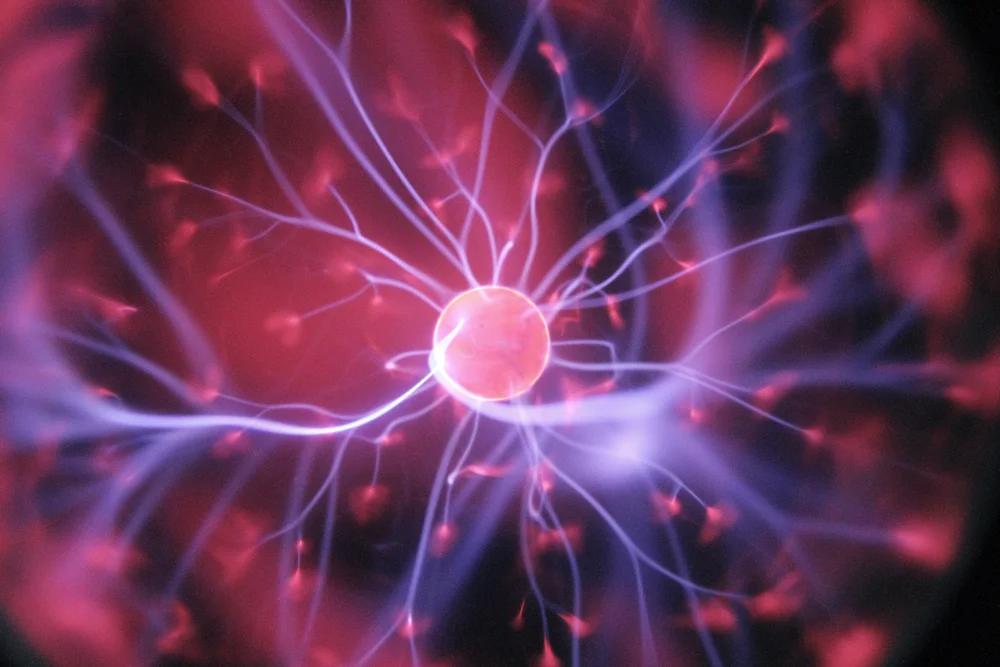It is interesting to learn about the travels of skin throughout one’s lifetime. Most of us are obsessed with keeping our face from losing the elasticity that comes with age. The midface and the lower face are prone to the most noticeable change due to the natural gravity pull of soft tissue and muscle loss.
Surprisingly, a new facelift method was discovered in 1990 by Sam Hamra that began the journey of customizing the long-known facelift technique with one that delivers better and long-lasting results.
Table of Contents
Difference Between Superficial Facelifts and Deep Plane Facelifts
The deep plane procedure differs from the well-known SMAS plication lift technique. The deep plane method achieves a natural confirmed appearance by repositioning muscles and fat instead of cutting and pulling the skin taut. However, just as an oil painter can create a masterpiece, another painter may lack the skilled method.
Growing from the original idea of the deep plane approach that started over 30 years ago, clinical research and brilliant plastic surgeons have brought facelifts to a new level of anti-aging choices. Dr. Andrew Jacono shows one example of achieving perfection in the deep plane procedure. Diligent research and practice brought new meaning to the deep plane facelift over the course of 20 years.
The Science Behind the Deep Plane Facelift
A basic understanding of facial anatomy is expected of all plastic surgeons. However, this is where the meaning of the facelift can take different directions. Instead of the traditional pull toward the ears, causing a tight, unnatural look, the deep plane method works and reshapes only the skin attached to muscle layers. This frees up the critical ligaments responsible for creating natural facial expressions.
You can become lost in the medical jargon used to explain the facial parts of the procedure. The most critical ligaments to remember are:
- Zygomatic retaining ligament
- Maxillary ligaments
- Mandibular retaining ligaments
- Cervical retaining ligaments
- Masserteric cutaneous ligament
By using the skilled learning tools of advanced deep plane face lifting, the difference in merely stretching the skin and maneuvering the ligaments can deliver a more natural, youthful look.
Clinical Trials
Studies of a SMAS plication (standard superficial musculoaponeurotic system) versus the deep-plane facelift have helped researchers determine its effectiveness. Five areas of the face were presented to independent parties through photos. They were asked to rate the grade of change by following a 7-point scale. The cervicomental angle, malar eminence, melolabial fold, jowls, and anterior neck banding of 50 patients were observed and graded.
The results delivered 2-1 better results for deep plane facelifts than the SMAS plication. Noting that the tests were conducted in 2007 proves that an improved method was headed in the right direction.
The End Result
By working with the muscles and fat layers, the end results can include:
- Cheeks, jawline and neck lifted
- Better rejuvenation of all facelift types
- Long-lasting results
- Natural-looking facial features
A complete facelift is not always necessary to achieve desired results. An eyelift or chin implant can address a person’s needs. However, a botched facelift can also be repaired using the deep plane method of crucial areas of the face.
It takes a skilled plastic surgeon to tackle the many obstacles of a patient’s particle needs. Age, flexibility and health of the skin and muscles, and entry into the exact planes determine the outcome. The M.A.D.E. (Minimal Access Extended Deep Plane Face Lift) procedure, created by Dr. Jacono, has become an international favorite in plastic surgery.
By presenting the world with advanced approaches to the deep plane procedure through lectures at prominent universities like Harvard, Columbia, and Yale, Jacono is fulfilling his goal to help educate other plastic surgeons on improving facelifts with minimal invasion. As a result, healing time is reduced, and the natural contour and flexibility are saved from the once unnatural presence of taunt and pulled skin.


